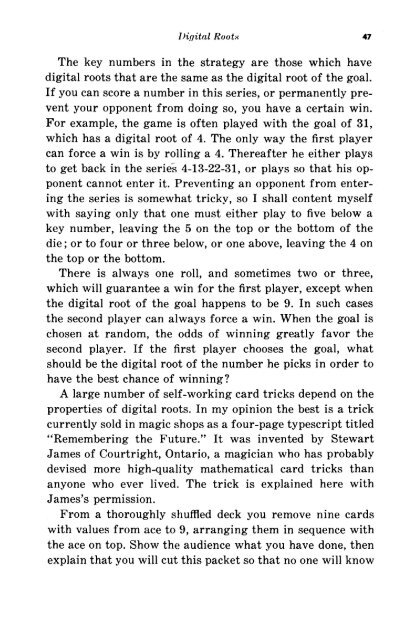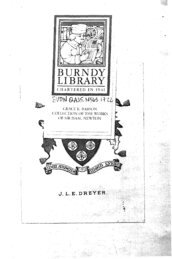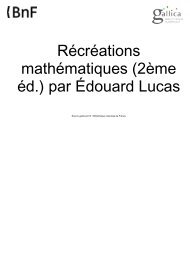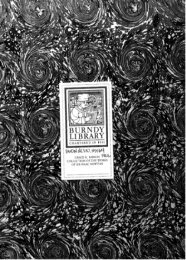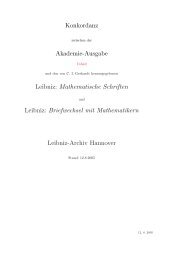The Second Book of Mathematical Puzzles and Diversions
The Second Book of Mathematical Puzzles and Diversions
The Second Book of Mathematical Puzzles and Diversions
Create successful ePaper yourself
Turn your PDF publications into a flip-book with our unique Google optimized e-Paper software.
I)i.rlitnl Roots 47<br />
<strong>The</strong> key numbers in the strategy are those which have<br />
digital roots that are the same as the digital root <strong>of</strong> the goal.<br />
If you can score a number in this series, or permanently pre-<br />
vent your opponent from doing so, you have a certain win.<br />
For example, the game is <strong>of</strong>ten played with the goal <strong>of</strong> 31,<br />
which has a digital root <strong>of</strong> 4. <strong>The</strong> only way the first player<br />
can force a win is by rolling a 4. <strong>The</strong>reafter he either plays<br />
to get back in the series 4-13-22-31, or plays so that his op-<br />
ponent cannot enter it. Preventing an opponent from enter-<br />
ing the series is somewhat tricky, so I shall content myself<br />
with saying only that one must either play to five below a<br />
key number, leaving the 5 on the top or the bottom <strong>of</strong> the<br />
die ; or to four or three below, or one above, leaving the 4 on<br />
the top or the bottom.<br />
<strong>The</strong>re is always one roll, <strong>and</strong> sometimes two or three,<br />
which will guarantee a win for the first player, except when<br />
the digital root <strong>of</strong> the goal happens to be 9. In such cases<br />
the second player can always force a win. When the goal is<br />
chosen at r<strong>and</strong>om, the odds <strong>of</strong> winning greatly favor the<br />
second player. If the first player chooses the goal, what<br />
should be the digital root <strong>of</strong> the number he picks in order to<br />
have the best chance <strong>of</strong> winning?<br />
A large number <strong>of</strong> self-working card tricks depend on the<br />
properties <strong>of</strong> digital roots. In my opinion the best is a trick<br />
currently sold in magic shops as a four-page typescript titled<br />
"Remembering the Future." It was invented by Stewart<br />
James <strong>of</strong> Courtright, Ontario, a magician who has probably<br />
devised more high-quality mathematical card tricks than<br />
anyone who ever lived. <strong>The</strong> trick is explained here with<br />
James's permission.<br />
From a thoroughly shuffled deck you remove nine cards<br />
with values from ace to 9, arranging them in sequence with<br />
the ace on top. Show the audience what you have done, then<br />
explain that you will cut this packet so that no one will know


